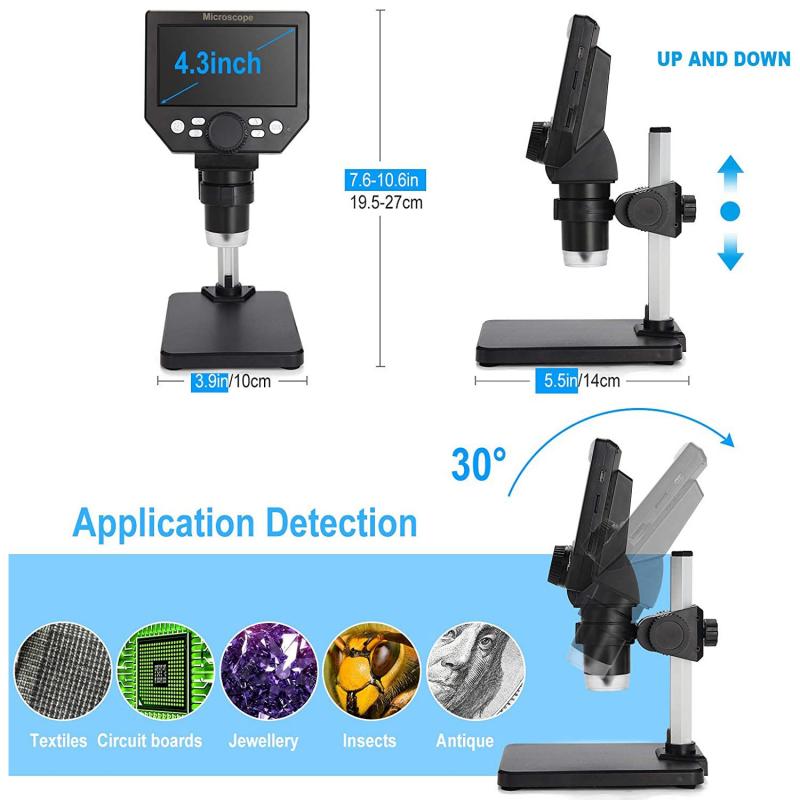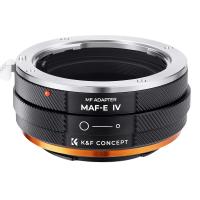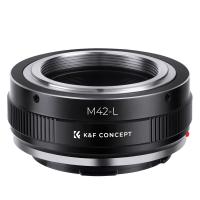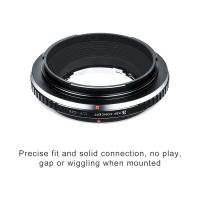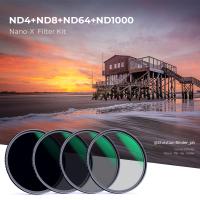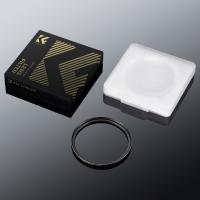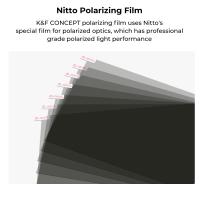When Was The First Microscope Used ?
The first microscope was used in the late 16th century.
1、 Predecessors of the microscope in ancient civilizations.
The use of magnifying lenses to observe small objects can be traced back to ancient civilizations. While the concept of a microscope as we know it today did not exist, there were predecessors that laid the foundation for its development.
One of the earliest known examples of magnification devices is the Egyptian lens, which dates back to around 700 BCE. These lenses were made from polished rock crystal and were used to magnify small objects. Similarly, the ancient Greeks also experimented with lenses and their optical properties. The philosopher and mathematician, Euclid, described the principles of optics in his work "Optica" around 300 BCE.
In the first century CE, the Roman philosopher Seneca described the use of a glass globe filled with water to magnify small letters. This concept, known as a water-filled globe or a "reading stone," was a simple form of magnification.
However, it was not until the 17th century that the first true microscope was developed. In 1590, the Dutch spectacle maker, Zacharias Janssen, and his father Hans Janssen, are credited with inventing the compound microscope. This microscope consisted of two lenses that could be adjusted to achieve different levels of magnification.
Later, in the mid-17th century, the Dutch scientist Antonie van Leeuwenhoek made significant advancements in microscopy. He developed a single-lens microscope with a much higher magnification power, allowing him to observe microorganisms and other tiny structures. Van Leeuwenhoek's observations laid the foundation for the field of microbiology.
It is important to note that the concept of the microscope and its predecessors evolved over time, with various civilizations contributing to its development. The latest point of view suggests that the use of magnifying lenses can be traced back to ancient civilizations, but the first true microscope, as we understand it today, was developed in the 17th century.

2、 The invention of the compound microscope in the 17th century.
The invention of the compound microscope in the 17th century marked a significant milestone in the field of science and microscopy. While the exact date of the first microscope's use is not known, it is generally believed to have been developed around the late 16th or early 17th century.
One of the earliest recorded accounts of a compound microscope was made by Dutch scientist Zacharias Janssen in the late 1590s. Janssen, along with his father Hans, is often credited with creating the first microscope. However, there is some debate among historians about the true origin of the microscope, as similar devices were also being developed by other scientists during the same period.
The compound microscope consisted of two or more lenses that allowed for higher magnification and better resolution than previous simple microscopes. It revolutionized the study of biology, enabling scientists to observe and study microscopic organisms and structures in greater detail.
The development of the microscope was further advanced by the work of other notable scientists, such as Antonie van Leeuwenhoek. In the mid-17th century, Leeuwenhoek, a Dutch tradesman and scientist, improved the design of the microscope and made numerous groundbreaking observations. He was the first to observe and describe microorganisms, including bacteria and protozoa, which he called "animalcules."
Since its invention, the microscope has undergone significant advancements in technology and design. Modern microscopes now incorporate various techniques, such as fluorescence, phase contrast, and electron microscopy, allowing for even greater magnification and visualization of microscopic structures.
In conclusion, while the exact date of the first microscope's use remains uncertain, the invention of the compound microscope in the 17th century marked a pivotal moment in scientific history. It opened up a new world of exploration and discovery, enabling scientists to delve into the microscopic realm and lay the foundation for many scientific breakthroughs that followed.

3、 Early advancements in microscope technology and lens development.
The first microscope was used in the late 16th century, marking a significant advancement in scientific exploration. The credit for inventing the microscope is often given to Dutch spectacle makers, Hans Janssen and his son Zacharias Janssen, who are believed to have created the first compound microscope around 1590. However, the exact details of its invention remain somewhat uncertain.
Early advancements in microscope technology and lens development played a crucial role in the evolution of this scientific instrument. The Janssen microscope consisted of a tube with a convex objective lens at one end and a concave eyepiece lens at the other. This design allowed for magnification of small objects, enabling scientists to observe details that were previously invisible to the naked eye.
Over the years, microscope technology continued to evolve. In the 17th century, the Dutch scientist Antonie van Leeuwenhoek made significant contributions to the field of microscopy. He improved the design of the microscope by using a single lens, which allowed for even higher magnification. Van Leeuwenhoek's microscopes were capable of achieving magnifications of up to 300 times, enabling him to make groundbreaking discoveries, such as the existence of microorganisms.
In the 19th century, advancements in lens manufacturing techniques led to the development of more sophisticated microscopes. The introduction of achromatic lenses, which corrected for color distortion, greatly improved image quality. Additionally, the invention of the oil immersion technique by German physicist Ernst Abbe in the late 19th century further enhanced the resolving power of microscopes.
In recent years, there have been significant advancements in microscopy technology. The development of electron microscopes in the 20th century allowed for even higher magnification and resolution, enabling scientists to study the structure of atoms and molecules. Furthermore, the invention of confocal microscopy and super-resolution microscopy techniques has revolutionized the field, allowing for the visualization of cellular structures and processes at unprecedented levels of detail.
In conclusion, the first microscope was used in the late 16th century, and since then, there have been continuous advancements in microscope technology and lens development. These advancements have played a crucial role in expanding our understanding of the microscopic world and have paved the way for groundbreaking discoveries in various scientific disciplines.
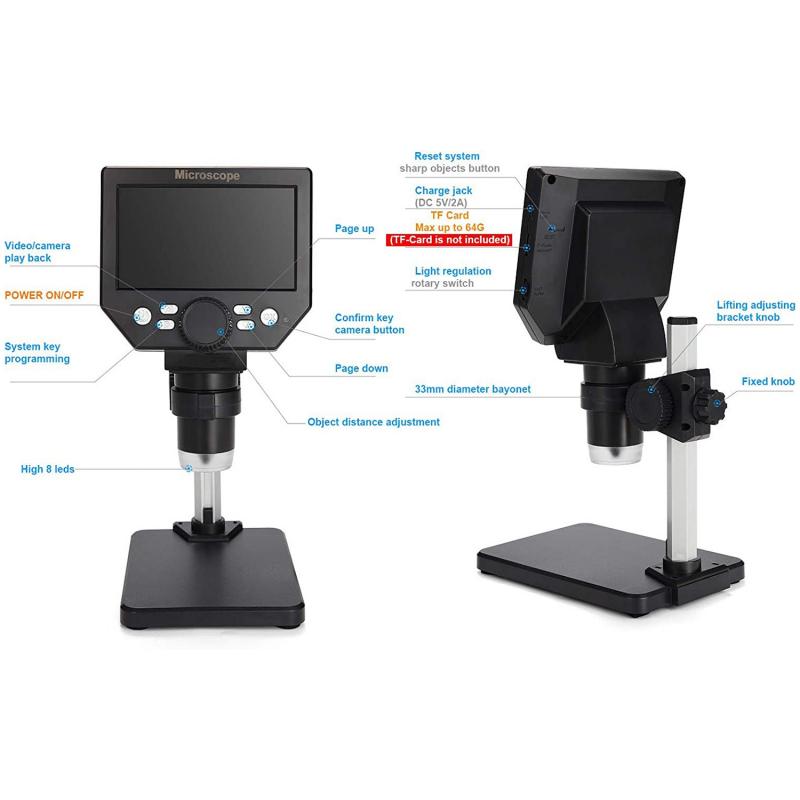
4、 Improvements in microscope design during the 18th and 19th centuries.
The first microscope was used in the late 16th century, with credit often given to Dutch scientist Zacharias Janssen and his father Hans. They are believed to have invented the compound microscope around 1590. However, the exact date and inventor of the first microscope are still subjects of debate among historians.
The Janssen microscope consisted of a convex objective lens and a concave eyepiece lens, which allowed for magnification of small objects. This early microscope had limited magnification power, typically around 3x to 9x. Despite its limitations, it was a significant breakthrough in the field of microscopy.
Improvements in microscope design during the 18th and 19th centuries greatly expanded the capabilities of this scientific instrument. In the 18th century, scientists such as Antonie van Leeuwenhoek and Robert Hooke made significant contributions to microscope design and usage. Leeuwenhoek, a Dutch scientist, improved the quality of lenses and achieved higher magnification, allowing him to observe microorganisms and cells in greater detail. Hooke, an English scientist, used a compound microscope to study various specimens, including plant cells, and coined the term "cell" to describe the basic unit of life.
During the 19th century, advancements in optics and manufacturing techniques led to further improvements in microscope design. German physicist Ernst Abbe developed the concept of numerical aperture, which improved the resolution and clarity of microscope images. Additionally, the development of achromatic lenses by English optician John Dollond reduced chromatic aberration, resulting in clearer and more accurate observations.
In recent years, advancements in technology have revolutionized microscopy. Electron microscopes, which use beams of electrons instead of light, have allowed scientists to observe objects at much higher magnifications and resolutions. Confocal microscopy, fluorescence microscopy, and scanning probe microscopy are among the modern techniques that have further expanded our understanding of the microscopic world.
Overall, the first microscope was used in the late 16th century, but it was the improvements made during the 18th and 19th centuries that laid the foundation for the modern microscope and its various applications in scientific research and medical diagnostics.
